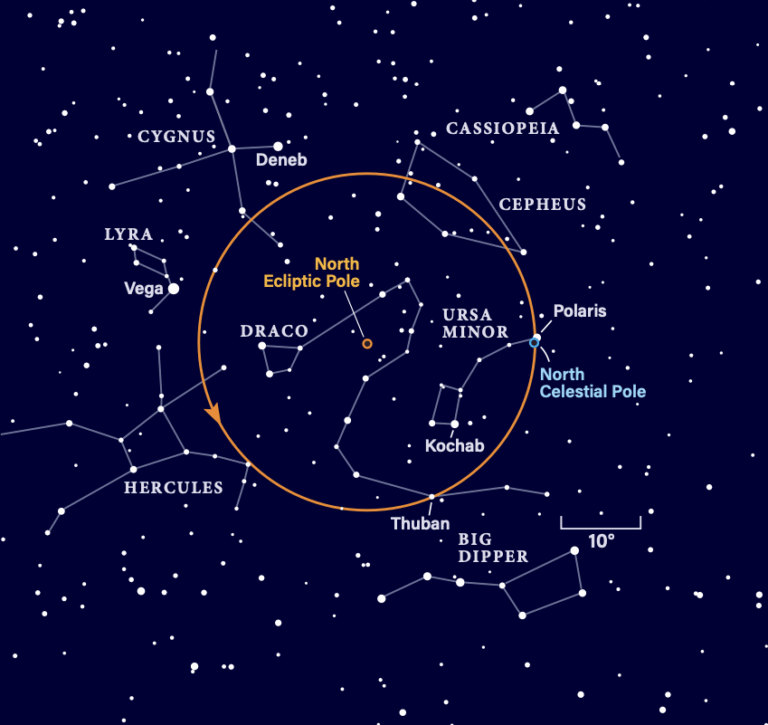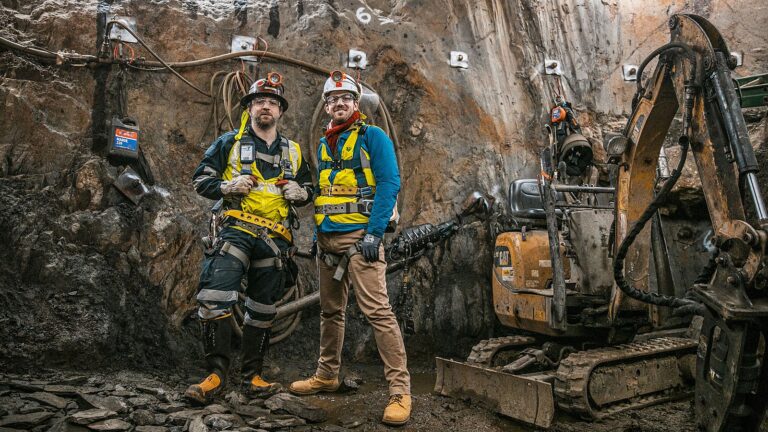Key Takeaways:
Video FAQ page
Yes, those five words are the most famous Lovell has ever said, but they’re not necessarily the most important. Today, retired and living in the Chicago area at age 87, the well-spoken astronaut still has plenty of stories to tell, from his start with the Gemini program to his cameo in the movie chronicling his Apollo heroics. Editors of Astronomy sat down with Lovell for an exclusive interview, where he relived his two trips to the Moon, the feelings of being the first to head there for Apollo 8 and the thoughts he add when everything went wrong with Apollo 13, in a tale even the generations that follow won’t soon forget.
Find highlights from the interview in the June issue of Astronomy magazine, on newsstands May 5. And for exclusive video footage of Captain Lovell reliving his Apollo days, check out www.astronomy.com/lovell.
“The nature of empty space”
Let’s face it. There seems to be a lot of nothingness out there between the planets, the stars, and the galaxies in the universe, just empty space. But is all that blackness really empty? In “The nature of empty space,” Contributing Editor Bob Berman explores the history to understand what lies between the stars and what we now about the emptiness today.
“A new fight for the night”
The fight to save our night skies is real, and the challenge is getting greater by the day. Light pollution’s reach increases by 6 percent each year, leading researchers to predict that only a few patches of truly dark skies will soon exist in the U.S. And for dark-sky crusaders, technological advancements have resulted in a new foe: blue LEDs. In “A new fight for the night,” Associate Editor Eric Betz explains why these nigh lights are detrimental to astronomy and our night skies and explores what people worldwide are doing to keep up the fight.
“First look at the 2017 total eclipse”
Yes, 2017 is still two years away, and, yes, there’s still a 2016 total solar eclipse to see before the 2017 event, but as Senior Editor Michael E. Bakich points out, the 2017 eclipse is “likely to be the most viewed sky event in history” due to its observational path crossing right through the middle of the United States. So it’s time to start thinking about where you’ll be August 21, 2017, and Bakich is here to help with “First look at the 2017 total eclipse,” part of a series of articles that will lead up to the big event.
June sky events visible without optical aid
- June 6 — Venus appears at its best in Northern Hemisphere evening skies.
- June 27 — The Boötid meteor shower peaks.
- June 30 — Venus and Jupiter appear next to each other in evening twilight.
Also in the June 2015 Astronomy
- “Explore the Antares region”: This summer, discover the spectacular area around one of the sky’s brightest stars.
- “To catch a shooting star”: A renowned meteorite hunter turns his gaze to the sky as part of a growing network of fireball trackers.
- “We test Stellarvue’s compact refractor”: This 2-4.inch scope is so portable that you’ll use it night and day.
- “The Sky this Month”: Exclusive star charts will guide you through June’s night sky.
- New columnist Jeff Hester! For Your Consideration will feature this renowned astrophysicist’s thoughts on just what makes it so remarkable to be human in the universe today.
- The June issue also features Snapshot, Astro News, Ask Astro, Bob Berman’s Strange Universe, Glenn Chaple’s Observing Basics, Stephen James O’Meara’s Secret Sky, Adam Block’s Cosmic Imaging, Astro Sketching, New Products, Letters, Web Talk, Reader Gallery, and Breakthrough.
Astronomy offers you the most exciting, visually stunning, thorough, and timely coverage of the heavens above. Each monthly issue includes expert science reporting, vivid color photography, complete sky-event coverage, spot-on observing tips, informative equipment reviews, and more. All of this comes in an easy-to-understand user-friendly style that’s perfect for astronomers at any level. Contact Astronomy, the world’s best-selling astronomy magazine, at 262.796.8776 or email editor@astronomy.com.










